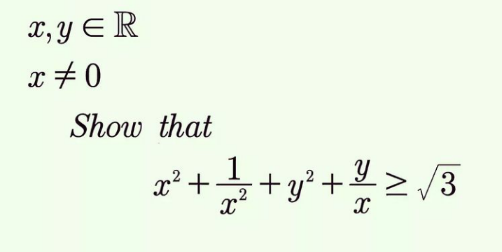
AllQuestion and Answers: Page 536
Question Number 165867 Answers: 1 Comments: 1
Question Number 165868 Answers: 3 Comments: 0
Question Number 165854 Answers: 0 Comments: 12

Question Number 165853 Answers: 1 Comments: 0

Question Number 165851 Answers: 2 Comments: 0
Question Number 165848 Answers: 1 Comments: 0
Question Number 165849 Answers: 0 Comments: 1
Question Number 165834 Answers: 0 Comments: 0
Question Number 165831 Answers: 1 Comments: 1
Question Number 165830 Answers: 2 Comments: 0
Question Number 165829 Answers: 1 Comments: 0
Question Number 165818 Answers: 1 Comments: 0
Question Number 165816 Answers: 1 Comments: 0
Question Number 165815 Answers: 1 Comments: 0
Question Number 165808 Answers: 1 Comments: 0
Question Number 165805 Answers: 1 Comments: 0
Question Number 165804 Answers: 1 Comments: 0

Question Number 165799 Answers: 2 Comments: 0
$$\left(\mathrm{4}.\mathrm{2}\right)^{{x}} =\mathrm{100} \\ $$$$ \\ $$$$ \\ $$
Question Number 165795 Answers: 2 Comments: 0

Question Number 165794 Answers: 2 Comments: 0
Question Number 165791 Answers: 2 Comments: 0

Question Number 165787 Answers: 2 Comments: 0
Question Number 165780 Answers: 0 Comments: 8
Question Number 165778 Answers: 1 Comments: 0
Question Number 165774 Answers: 1 Comments: 0

Question Number 165757 Answers: 1 Comments: 0

Pg 531 Pg 532 Pg 533 Pg 534 Pg 535 Pg 536 Pg 537 Pg 538 Pg 539 Pg 540
